
I don’t find Display ads to be the best medium of advertisement for B2B account-based marketing (ABM).
It has been years since I clicked on one or even noticed (yes, banner blindness is one of the reasons, but there’s one more: I ask stuff from AI now and visit blogs less and less).
Additionally, they are also plagued with bots and malware that compromise attribution and measurement.
This article is my data-backed rant on why Display ads fail in ABM campaigns.
I’m also going to voice for LinkedIn as the better medium and share how ZenABM can help you run ABM on LinkedIn.
Read on…
In case you are short on time, here’s a summary:
ABM promises to focus your marketing on high-value accounts with personalized, relevant outreach.
On paper, display advertising sounds like it could fit. You can target specific companies with ads and increase awareness.
In reality, though, display ads have become the weakest link in many ABM strategies.
Here’s why:
Banners and autoplay ads have been around since the 2000s, and audiences have learned to tune them out.
Users literally don’t see sidebar and header ads anymore. I can relate to that!
Plus, it’s not just anecdotal; the data backs it up: display ads get extremely low click-through rates (often a fraction of a per cent). Even when people do notice banner ads, they often find them annoying or untrustworthy. In one survey, 54% of users said they don’t click banner ads because they don’t trust them.
And modern technology is empowering buyers to avoid ads entirely. For example, Apple’s iOS 18 even introduced a feature that can block banner ads from your view. That’s how fed up users are with intrusive ads.
For ABM, this is fatal. You have a short list of target accounts and a limited set of decision-makers to engage. If most of them either never see your display ad or mentally filter it out as noise, that channel isn’t worth it.
Let’s talk numbers.
Average CTRs for display ads hover around 0.3–0.5% in many B2B industries.
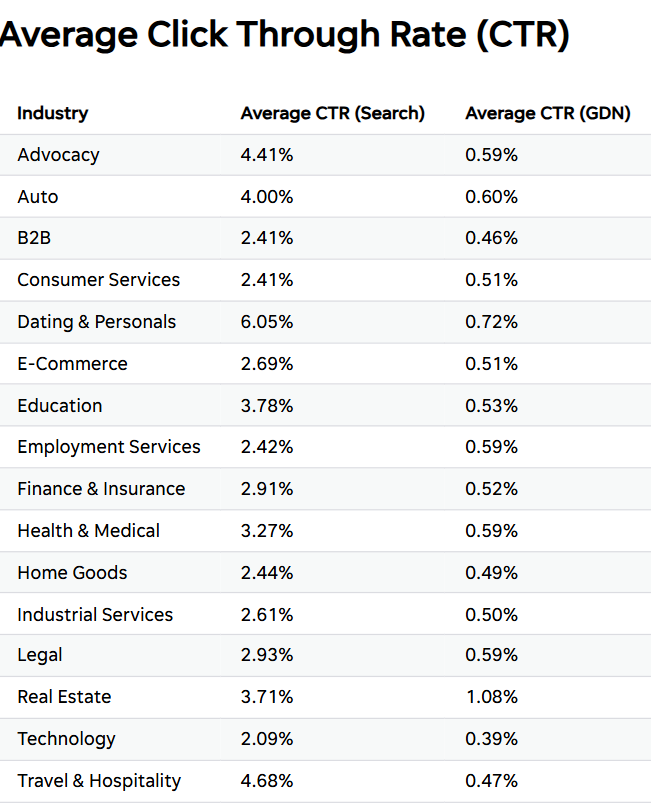
That means 99.5%+ of impressions get no clicks. Even the “good” outcome, like a click, is often accidental or curiosity-driven and not a sign of real intent.
Compare this to, say, LinkedIn or email, where click-through rates are not higher either, but at least more meaningful.
Also, the engagement rates of LinkedIn ads are higher than those of Display ads.
In fact, a study found that 43% of marketers think Display ads are one of the least ineffective channels.
Another issue is targeting accuracy.
Programmatic display ads typically rely on cookies, device IDs, or IP-based targeting to reach people at target accounts.
With many employees working remotely or on mobile networks, IP-based account targeting is far less reliable (the person seeing your ad on ESPN.com might not actually be from the account you intended).
A study by Syft found that the accuracy of IP-based deanonymization tools tops at a mere 42%:
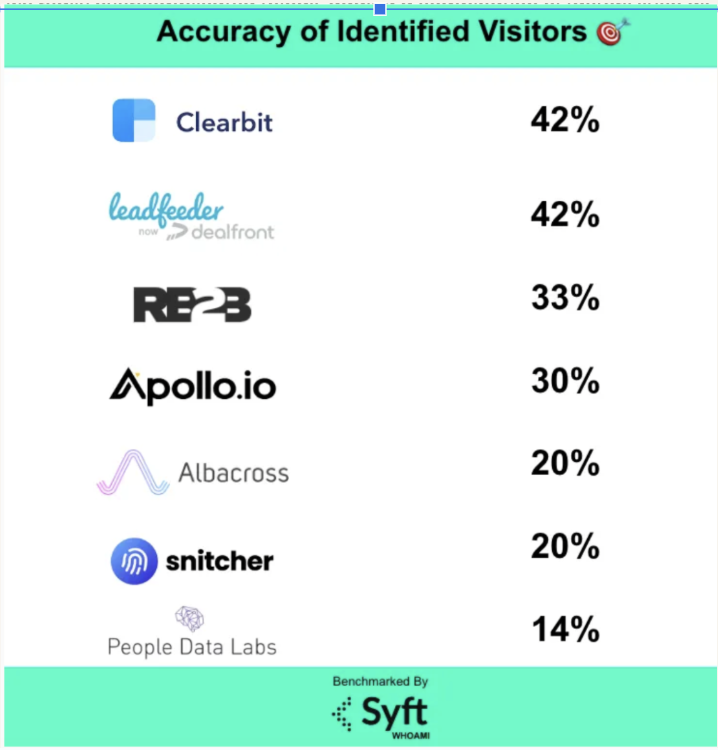
Also, Data decays quickly. For instance, Gartner research finds that target account data accuracy declines over 20% each year due to people changing roles, etc. So your “targeted” display campaign might actually be displaying to the wrong companies or irrelevant personas.
True ABM is about zeroing in on the specific buying committee members with messages that resonate. Display ads, however, can hit a lot of eyeballs, but often not the right ones.
One more subtle reason display ads falter in ABM is the measurement problem.
ABM teams care about account-level engagement:
Display advertising, however, is often measured in clicks, impressions, CPM, and CTR.
These are metrics that don’t directly translate to account progress.
Marketing might celebrate a rise in clicks or a low cost-per-click on display, but sales might say “none of those accounts even talked to us.”
This misalignment can doom an ABM initiative.
In fact, if you’re only tracking vanity metrics like impressions and clicks, you’re missing the full picture and likely misjudging your ABM success.
Moreover, Display ads are plagued with bot fraud and all sorts of malware, so metrics like impressions, clicks, etc., are false!

Here’s why LinkedIn outshines display ads for account-based marketing:
LinkedIn’s targeting capabilities are a dream for ABM: you can filter audiences by company name, industry, company size, job title, seniority, job function, skills, groups, etc.
In fact, you can even target companies based on their growth rates!
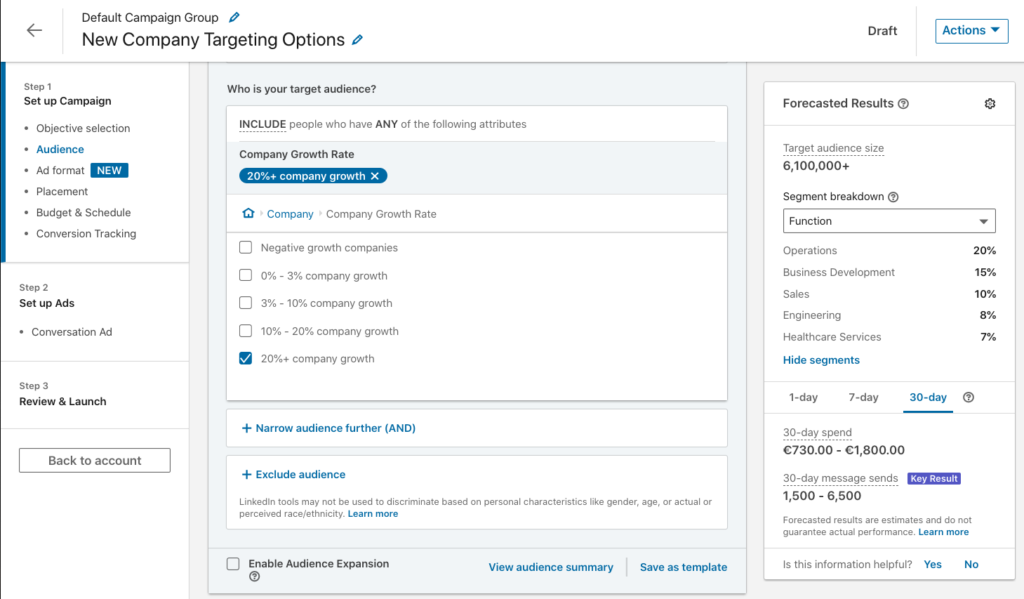
This means your ads can explicitly target specific companies and the exact roles of the buyers you care about (e.g. CIOs at Fortune 500 retail companies, or procurement managers at ACME Corp).
No more hoping an IP address lines up; you’re hitting verified professionals based on the data they provided on their profile.
Also, the audience quality on LinkedIn is higher and more trustworthy. Now wonder that over half of B2B marketers use LinkedIn to identify prospects and source contact details.
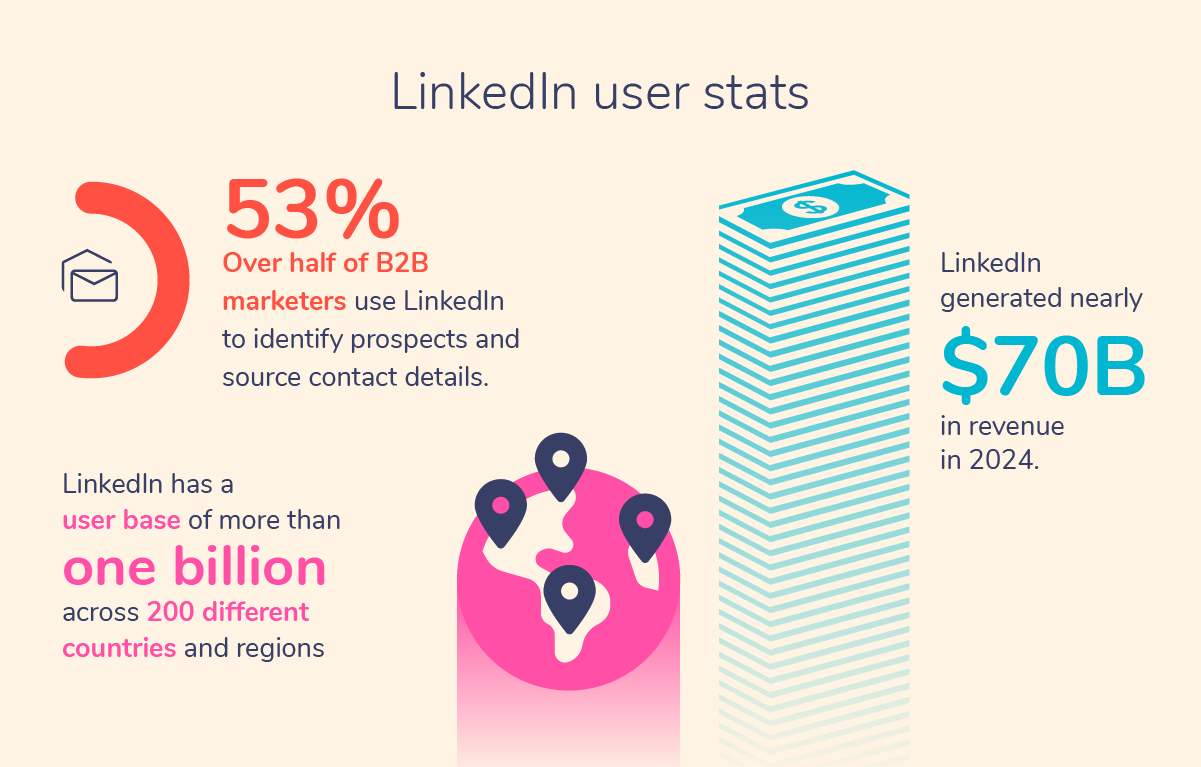
And 33% of B2B decision-makers use LinkedIn to research future purchases.
These are active, professionally-minded users.
I mean, just think about this: when your ad appears in their LinkedIn feed, it’s in a context where they’re already thinking about business, not sandwiched between cat videos and clickbait news. That context switch alone makes a huge difference in receptivity.
Yes, LinkedIn ads are more expensive on a per-click or per-impression basis (LinkedIn CPMs and CPCs are famously high).
But ABM is about quality, not volume.
Would you rather pay $10 to get your content in front of the right CFO at your target account, or pay $1 for a thousand random banner impressions, hoping one lands on a CFO’s screen?
LinkedIn ads often come in formats like Sponsored Content (which looks like a post in the feed), Sponsored InMail/Message, or Conversation Ads.
These are native formats that blend into the user’s content experience.
They don’t scream “advertisement!” in the way banner ads do, so users are more likely to actually read and consider the message.
Moreover, the engagement rates on LinkedIn tend to outperform display. While an average display ad might limp along at 0.3% CTR, the lowest reports for LinkedIn ad CTR have been around 0.5%.
Yes, even 0.5% is less and a challenge for B2B marketers, but the awareness LinkedIn ads create is worth it!
There’s also a trust factor.
People are wary of random banners on sketchy sites, but LinkedIn is a professional network; ads there carry more legitimacy by association.
It’s the digital equivalent of running a booth at a reputable trade show versus handing out flyers on a street corner.
Users don’t mind LinkedIn ads as much.
Many even feel positive about brands they see in a native ad context.
Personalized LinkedIn outreach as part of ABM has been shown to reduce sales cycles by 30-40% in some industries.
Why?
Because you’re engaging the right stakeholders with relevant content earlier, so by the time sales talks start, buyers are already educated.
Display ads, in contrast, rarely convey anything complex. They’re not shortening any cycle; at best they’re a reminder you exist.
Marketers have seen 3-4X ROI on LinkedIn ad spend when layering AI-driven personalization (e.g. tools to personalize ads or automate follow-ups) onto their ABM, versus baseline campaigns.
And broadly, 97% of marketers say ABM (often executed via channels like LinkedIn) yields higher ROI than traditional marketing.
In short, money spent on LinkedIn ABM is more likely to come back in the form of won deals.
Here’s how ZenABM can support your LinkedIn ads ABM efforts and ensure you get all the benefits of LinkedIn ads that I discussed above:
ZenABM pulls company-level LinkedIn ad engagement data (impressions, clicks, engagements) plus ad spend for every LinkedIn campaign you run:

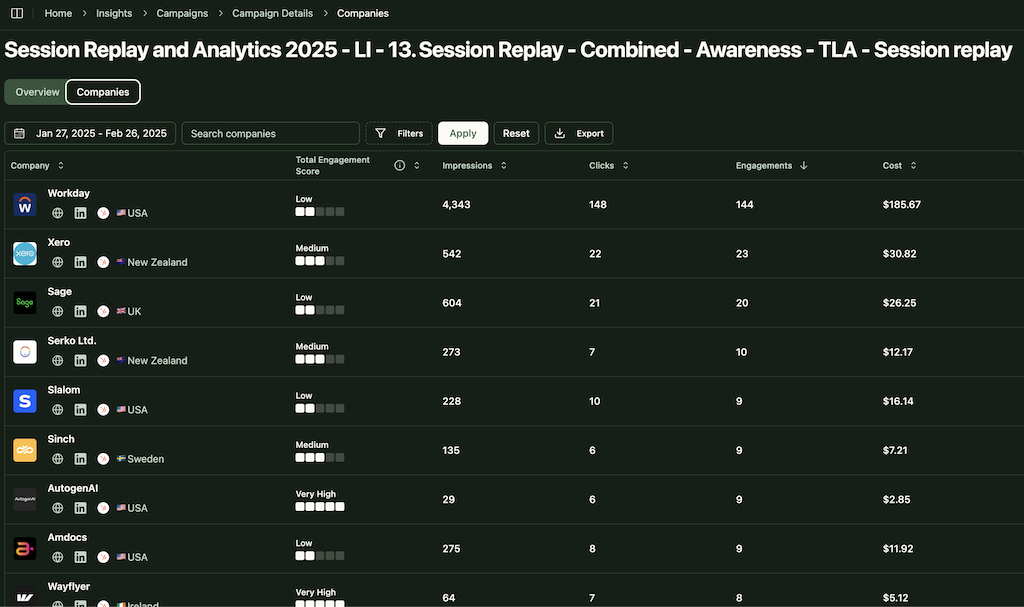
Beyond raw engagement data of each company by campaign, ZenABM aggregates lifetime and recent engagement across all campaigns to produce a lead score that reflects how aware and engaged each account is with your brand.

It also uses these engagements and your CRM data to assign an ABM stage to every account.
Even better, you can customize the engagement thresholds that define each ABM stage:
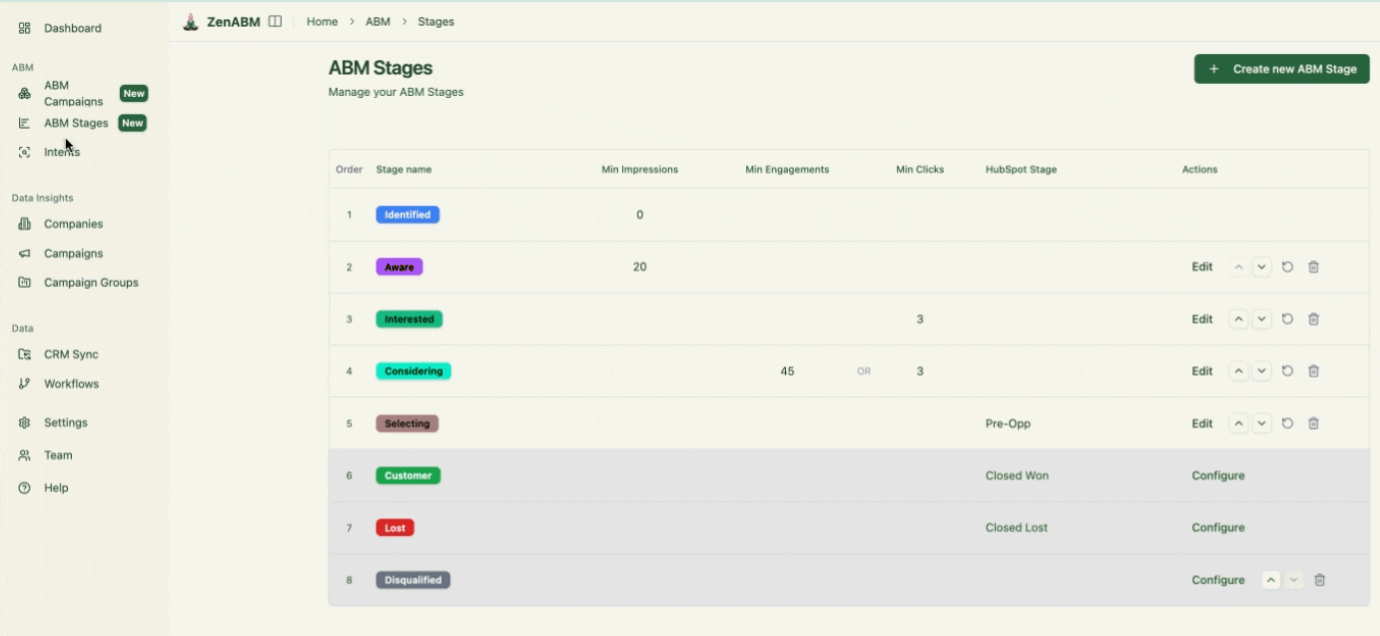
We just saw that ZenABM tracks the ABM stage of each account using engagement and CRM signals.
To make life easier for sales, ZenABM automatically assigns hot accounts that reach the interested stage to your BDRs in the CRM:

This way, your BDR outreach triggers immediately for hot accounts without daily manual checks or ad hoc Slack pings.
While you run ABM on LinkedIn, marketing can work in ZenABM and your MAPs, and sales can stay in the CRM.
To bridge that gap, ZenABM automatically pushes all engagement metrics as company properties to your CRM:

For the other way of this two-way CRM integration, ZenABM matches engaged companies to deals in your CRM and pulls each company’s deal value.
With company matching and deal values in place, ZenABM delivers ready-made ABM analytics and ROI attribution dashboards.



Many advanced teams use third-party tools like Bombora or ABM suites like Demandbase or RollWorks to infer qualitative intent based on keyword research by account:
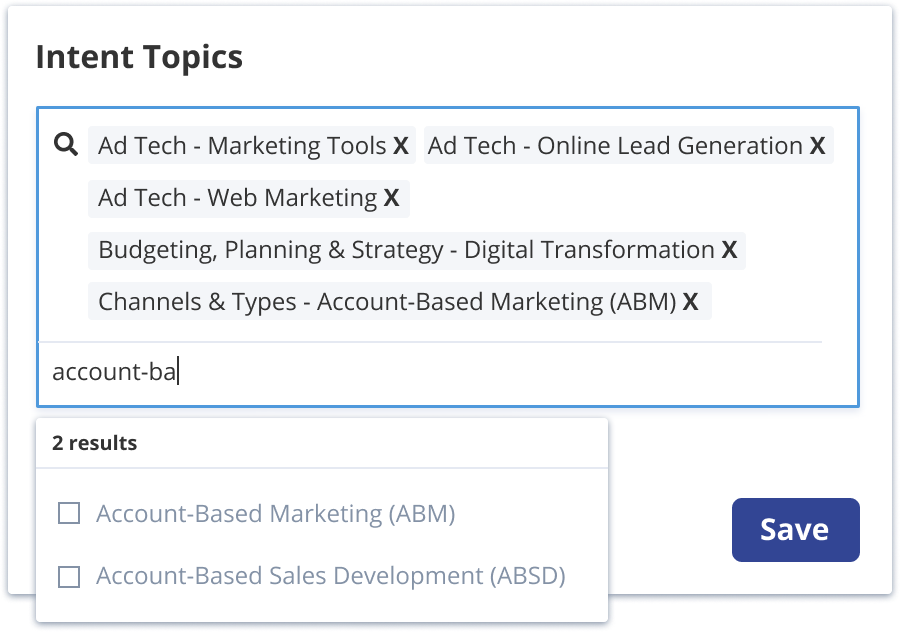
A cleaner approach is to embed qualitative intent into the ads you already fund, instead of paying for third-party data.
If you sell a product management SaaS, spin up separate campaigns for different intents like product analytics, onboarding, session recording, all-in-one, and so on.
Something like this:
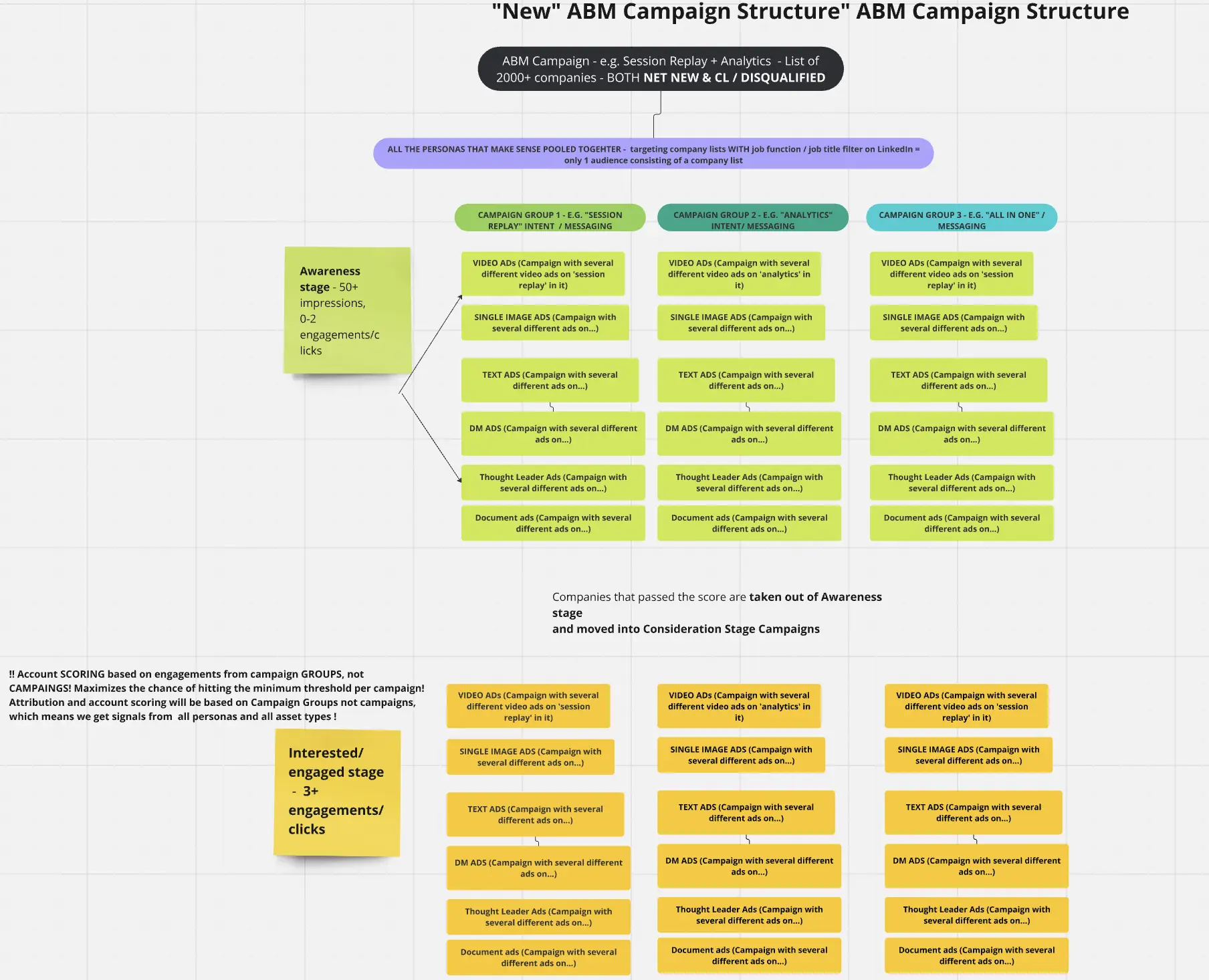
Tag each campaign with its intent inside ZenABM, and ZenABM will surface each company’s qualitative intent:

ZenABM also groups companies by shared intent for easier workflows:
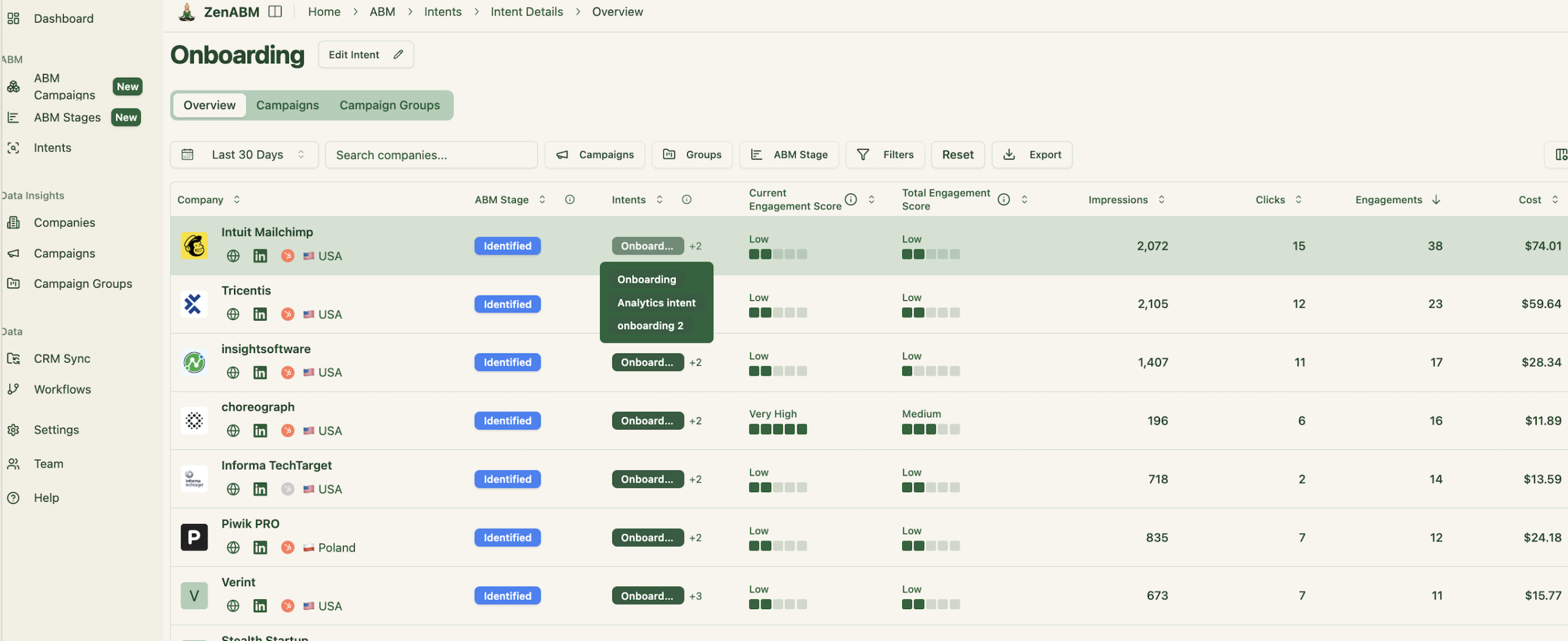
Plus, ZenABM pushes intent as a company property to your CRM:
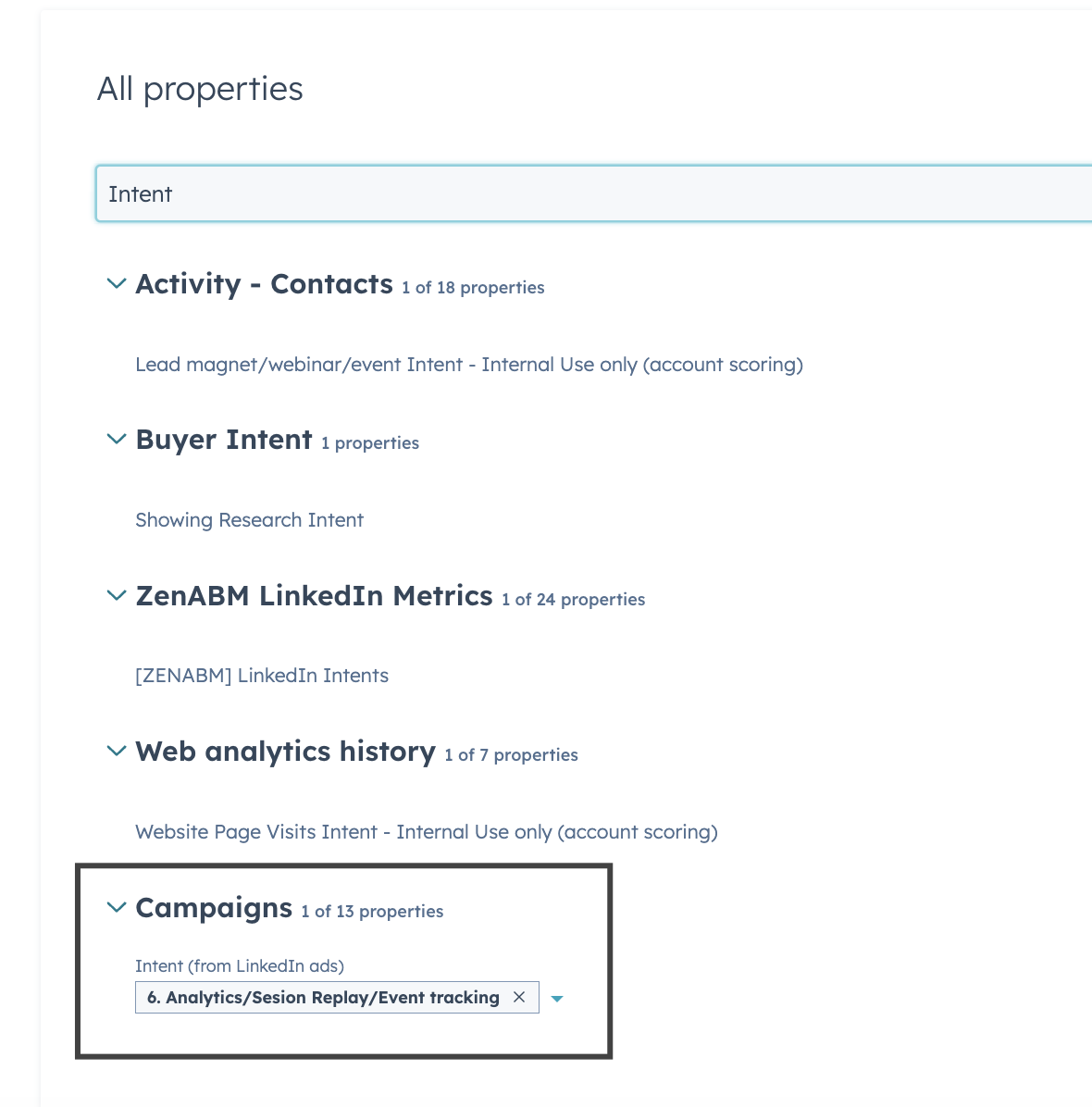
Your BDRs will know which accounts are hot and exactly which topics to lead with in outreach.

ZenABM maps how many companies sit in each stage, from initial through final, and how they transition. This makes friction points obvious.
For example, if many accounts move from aware to interested but stall there, you can spot the bottleneck and adjust your playbooks accordingly.
ZenABM has custom webhooks now, so you can easily exchange data with other platforms in your GTM workflow, like Clay, Apollo.io, etc.
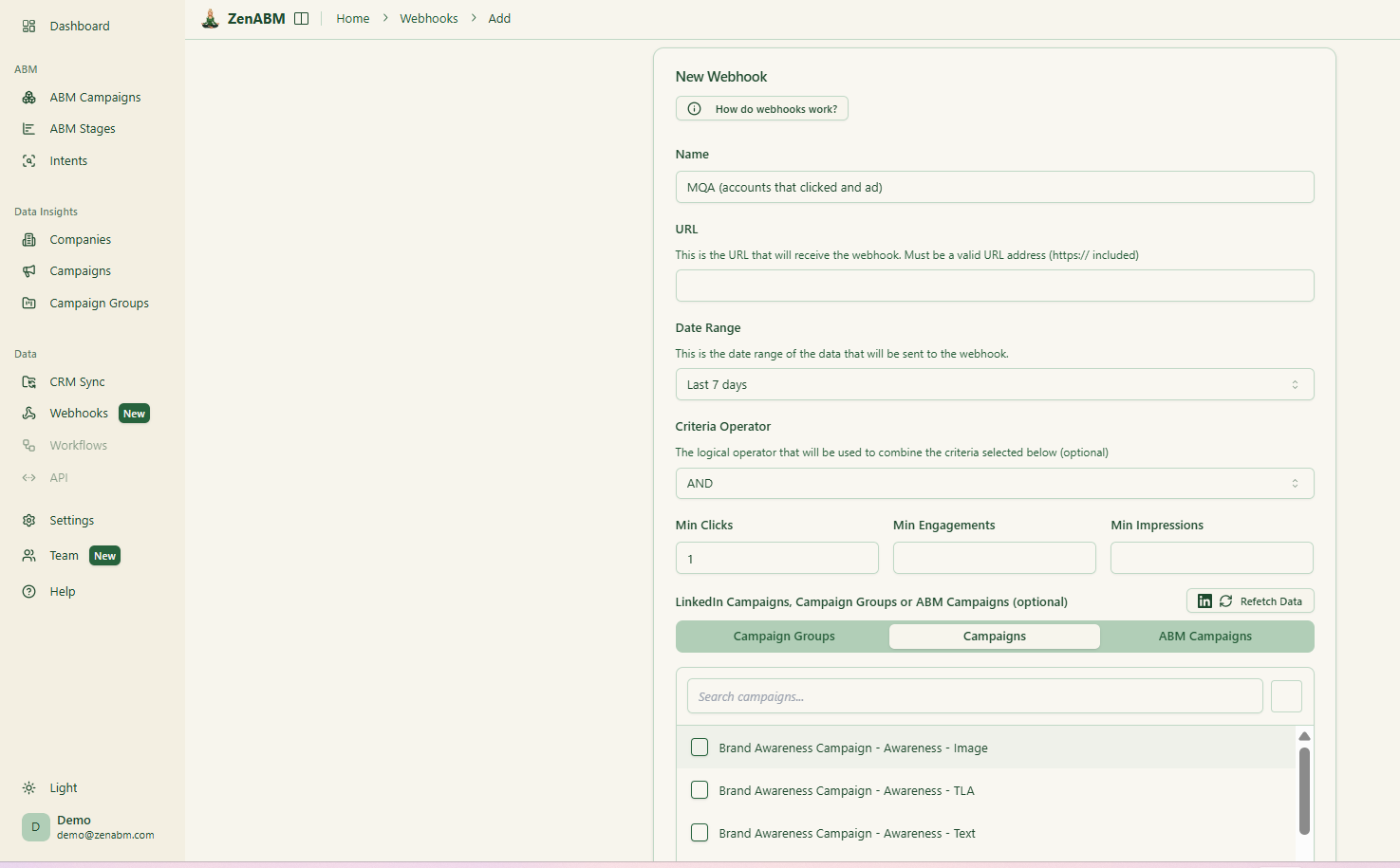
Display ads had their moment, but in ABM, they’re little more than noise. They’re plagued by bots, ignored by buyers, and impossible to measure with confidence.
LinkedIn gives you the precision and context ABM needs, and with ZenABM, you can finally prove that engagement turns into pipeline.
Stop paying for impressions that vanish and start investing in campaigns that actually move accounts forward.
Or book a demo to know more.